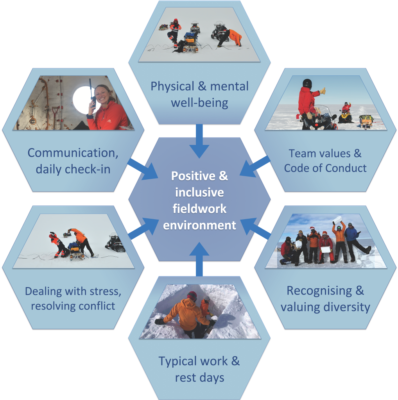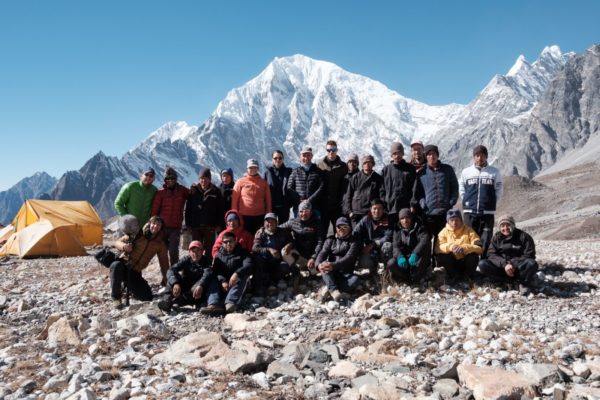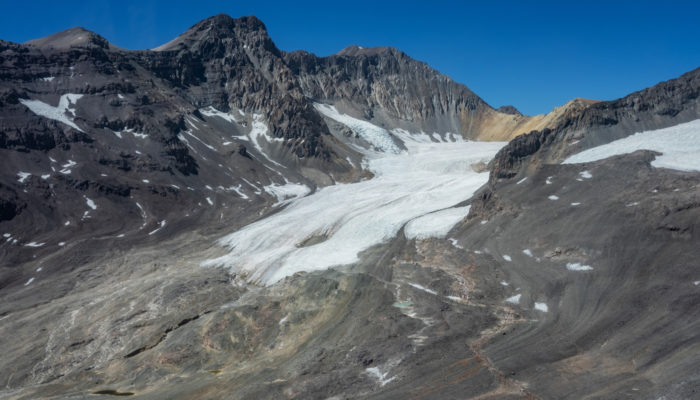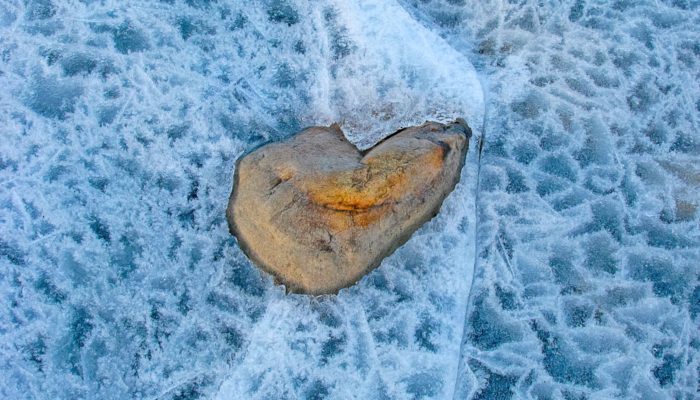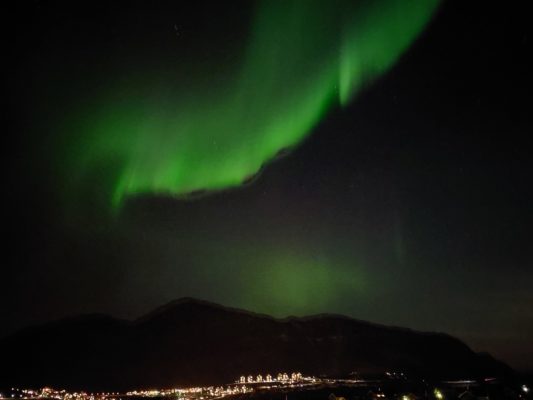Fieldwork is essential to polar sciences, but who are the people that actually do the fieldwork these days? A great field team includes people spanning a diversity of scientific skills, but at the same time, a diversity of cultures, backgrounds, and identities also adds intrinsic value to team dynamics and the overall field work experience. As part of the International Thwaites Glacier Collaborati ...[Read More]
Quantifying the experience: Himalayan fieldwork in numbers
The Himalayas are Big. But how Big is the fieldwork experience? What is behind all the mountain field data and beautiful mountain pictures? 40 preparation emails, 110 km of hiking, 170 kg of gear and 25 people in the team. We try to put some numbers on the experience we had during the Langtang, Nepal Himalaya expedition in November 2022. Behind the scenes Remote mountain fieldwork can be quite an ...[Read More]
Fun Cryo Facts – Don’t eat brown snow
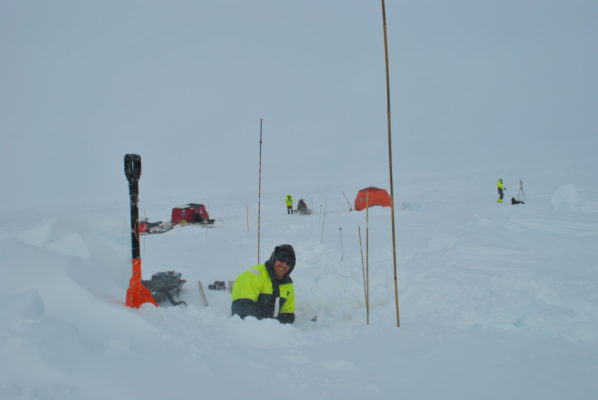
Scientist are curious people and we all know that the best discoveries happen by chance, so we always keep our eyes open for the unusual, the new, and the weird things in life. Especially, when we are out in the Arctic doing field work and find unknown brown layers… An unexpected discovery We were out in the Arctic, somewhere Northeast of Svalbard. It was a sunny day and we had just docked t ...[Read More]
Cryo Adventures – Installing a weather station on the Greenland Ice Sheet
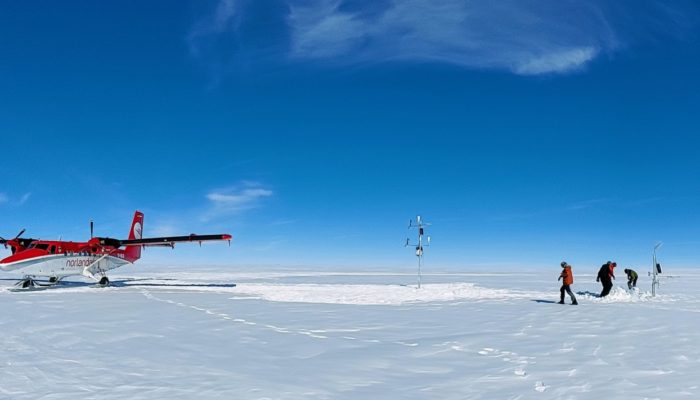
Soaking up the sun and recharging batteries on a peaceful and quiet summer day, or fighting to stay upright during extreme snow storms in the middle of winter, while continuously recording valuable air temperature, pressure, wind-speed and so much more – such is the life of an automatic weather station on the Greenland ice sheet. Even though they are so remote, sitting by themselves surround ...[Read More]
Current challenges: high-altitude Chilean glacier monitoring in an extended drought
Central Chile has been facing a long dry period since 2010, marked by a high mean precipitation deficit, a so-called Mega Drought (MD) (Garreaud et al., 2019). This, besides long-term temperature increase (Burger et al., 2018; Falvey & Garreaud, 2009), has affected negatively the glaciers’ mass balance in the region mainly due to low snow accumulation throughout a hydrological year (which is f ...[Read More]
Icy fieldwork: real or April Fool’s?
Those of us fortunate to participate in cryo-fieldwork are well aware of the unique, hilarious, and sometimes bizarre scenarios that we often find ourselves in. For this year’s April Fool’s Day, the EGU Cryosphere Blog team shares crazy anecdotes, with a catch: one of these stories is fake! Are you able to tell fact from fiction? Fill in the (twitter) poll, and time will tell if you are right…!! W ...[Read More]
CryoAdventures – Three months in Nuuk, the world’s northernmost capital!
I have just returned from nearly three months in Nuuk, the capital of Greenland, where I was doing my PhD placement at Asiaq Greenland Survey. Read on to find out what science I got up to… everything from mapping mountain glacier snowline change to avalanches! How do you map glacier snowline evolution? During my PhD research placement, I was working at Asiaq Greenland Survey in their Hydrolo ...[Read More]
Cryo-adventures – Undertaking Cryo-Fieldwork in a Global Pandemic!
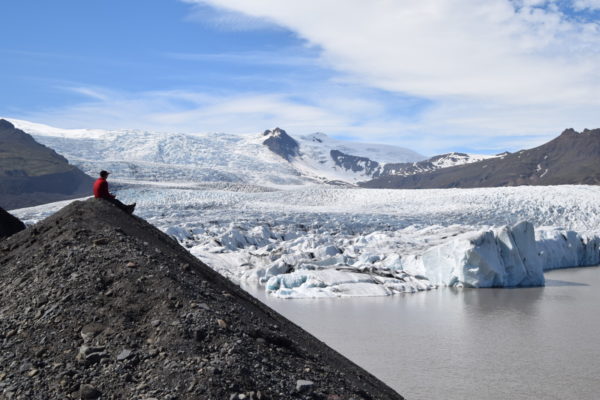
Have you ever wondered what undertaking cryo-fieldwork in a glacial environment typically involves? Well, what about undertaking cryo-fieldwork in a glacial environment during a global pandemic?! Read on to find out all about the challenges I faced on my recent trip to Iceland in July 2021… Fieldwork Preparation As this previous blog post highlights, undertaking cryo-fieldwork requires a significa ...[Read More]
Re-discovering the British North Greenland Expedition 1952-54
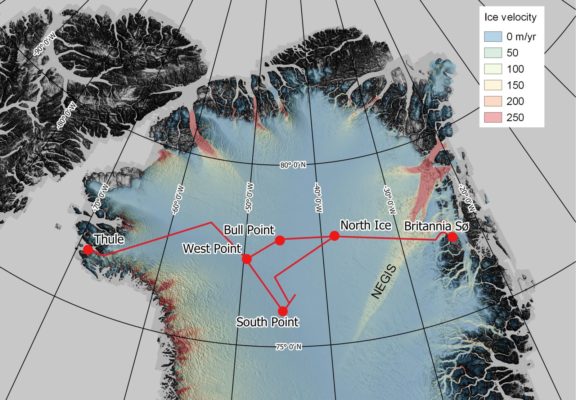
How did we (nearly) all forget about, or simply overlook, a large-scale two-year long mid-20th Century scientific expedition to the northern Greenland Ice Sheet? Particularly an expedition that kick-started some significant glaciological and geophysical careers, developed large-scale polar logistical capabilities, traversed the ice sheet, acquired some novel and critical data, and asked some big r ...[Read More]
Running a live stream of proglacial processes
In Switzerland, nothing is really remote, but some places are more so than others. Dense infrastructure networks typically provide convenient access to research sites in the Alps where it is difficult to feel far away from home. However, this is not always the case… For us, our home for the summer is a bit different. We work at 2400 m above sea level in Southern Switzerland, in a narrow vall ...[Read More]

